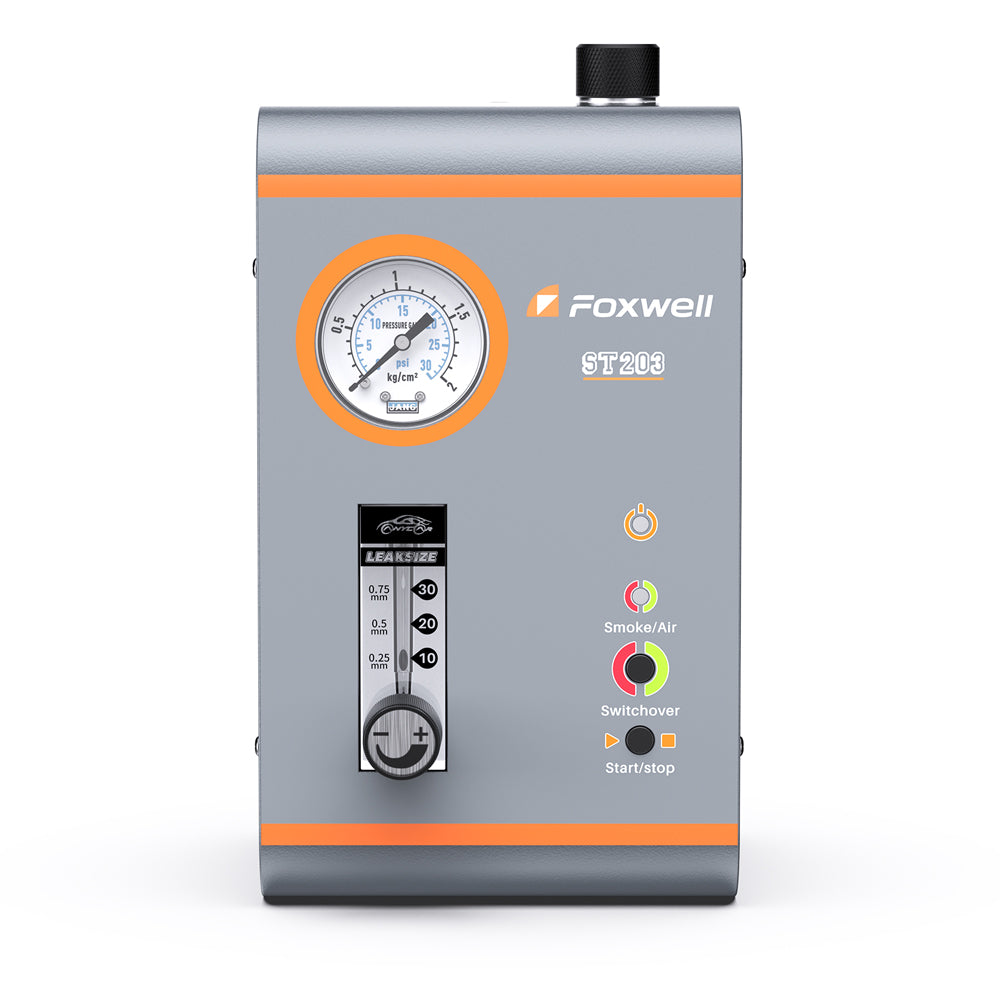If you're a Jeep owner, you know that the occasional dashboard warning light is part of the territory. Understanding what these codes mean and how to check them can save you time and money with car Scanner.
One handy tool for this is the Foxwell NT809, which is designed to help you diagnose a wide range of vehicle issues, including those pesky fault codes. Let's break down some of the most common OBD2 fault codes you'll encounter on a Jeep and how you can look them up yourself.
Common Jeep OBD2 Fault Codes

Alright, let’s dive into some of the most common OBD2 fault codes you might see on your Jeep. Trust me, knowing these can make life a lot easier when that pesky check engine light pops up.
P0300 – Multiple Cylinder Misfire Detected
- What It Means: This code indicates that your Jeep’s engine is experiencing random or multiple cylinder misfires. This can be caused by a variety of issues including faulty spark plugs, ignition coils, or fuel injectors.
- Symptoms: Rough idling, poor acceleration, and increased fuel consumption.
P0420 – Catalyst System Efficiency Below Threshold
- What It Means: This code is related to the catalytic converter’s efficiency. It suggests that the catalytic converter isn’t working as efficiently as it should be.
- Symptoms: Reduced engine performance, increased emissions, and the check engine light being on.
P0456 – Evaporative Emission System Leak Detected (Very Small Leak)
- What It Means: This code points to a small leak in the evaporative emission control system, which prevents fuel vapors from escaping into the atmosphere.
- Symptoms: The check engine light will illuminate, but there might not be any noticeable performance issues.
P0171 – System Too Lean
- What It Means: This code indicates that the air-fuel mixture is too lean, meaning there's too much air and not enough fuel.
- Symptoms: Poor engine performance, stalling, and increased fuel consumption.
P0507 – Idle Control System RPM Higher Than Expected
- What It Means: This code signals that your Jeep’s idle control system is not functioning properly, resulting in a higher than expected RPM at idle.
- Symptoms: High idling, rough idling, and possibly stalling.
Now that we've got the common codes covered, let's talk about how you can check these yourself and what tools you'll need.
How to Check OBD2 Fault Codes on Your Jeep
Okay, so you’ve got that check engine light staring you down. Let’s walk through how to check those OBD2 fault codes yourself. It’s easier than you might think!
Get an OBD2 Scanner
- What You Need: To check OBD2 codes, you'll need an OBD2 scanner. There are many models available, from basic to advanced, such as the Foxwell NT809.
- Where to Buy: You can purchase these online or at an auto parts store.
Locate the OBD2 Port
- Finding the Port: The OBD2 port is typically located under the dashboard, near the steering column. In a Jeep, it’s usually easy to find.
Connect the Scanner
- Plug It In: Connect your OBD2 scanner to the port. Most scanners will power up automatically when plugged in.
- Turn On the Ignition: Switch the ignition to the “On” position without starting the engine. This will allow the scanner to communicate with the vehicle’s computer system.
Read the Codes
- Follow Instructions: Use the scanner’s menu to select “Read Codes” or a similar option. The scanner will then display any stored fault codes.
- Interpret the Codes: Write down the codes and look them up in the scanner’s manual or online. Many scanners also provide a brief description of the code on the display.
Clear the Codes
- Fix the Problem First: It’s important to fix the underlying issue before clearing the codes. Clearing the codes without fixing the problem will likely result in the check engine light coming back on.
- Clear the Codes: If you’ve addressed the issue, use the scanner to clear the codes from the vehicle’s computer.
And there you go! Checking those OBD2 fault codes on your Jeep is a breeze once you know what you’re doing. Let's wrap this up.

Conclusion
Understanding common OBD2 fault codes on your Jeep can help you quickly diagnose and fix problems, keeping your vehicle running smoothly. By using an OBD2 scanner like the Foxwell NT809, you can easily check and interpret these codes yourself. Whether it's a misfire, a lean condition, or an emissions leak, knowing what these codes mean is the first step to resolving the issue. Stay informed and keep your Jeep in top condition!
FAQ:
What are the most common OBD2 fault codes for Jeep?
The most common codes include P0300 (random/multiple cylinder misfire), P0420 (catalyst system efficiency below threshold), and P0456 (EVAP system leak detected).
How do I fix a P0300 code on my Jeep?
To fix a P0300 code, check spark plugs, ignition coils, and fuel injectors. Replace any faulty parts.
Why does my Jeep show a P0456 code?
A P0456 code indicates a small leak in the EVAP system. Check for loose gas caps or damaged hoses.







Leave a comment
This site is protected by hCaptcha and the hCaptcha Privacy Policy and Terms of Service apply.